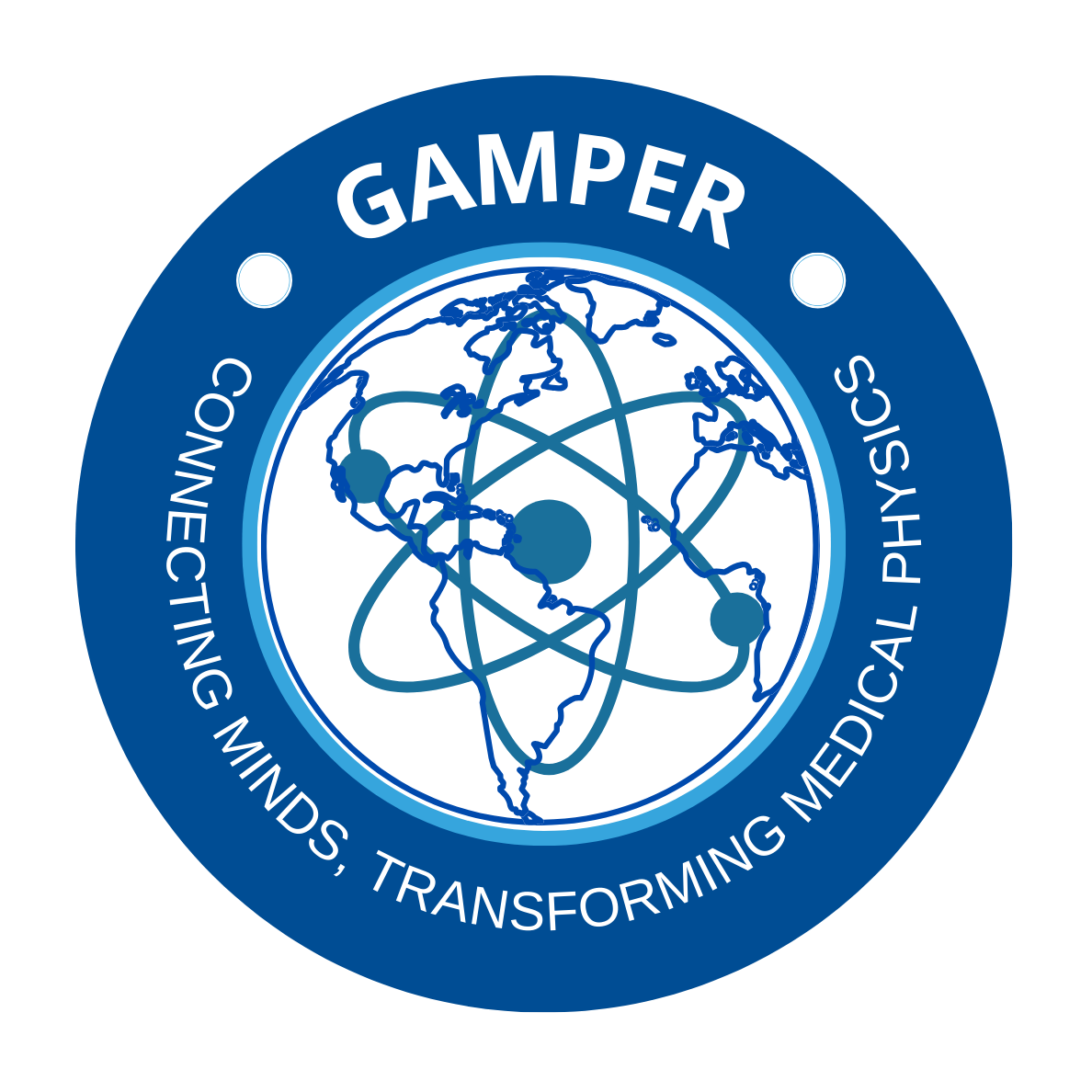Q1: What does GAMPER stand for?
A: GAMPER stands for the Global Alliance for Medical Physics Education and Research.
Q2: What is GAMPER’s primary focus?
A: GAMPER’s primary focus is on improving medical physics education, research, and clinical training worldwide, with a prioritization of low- and middle-income countries (LMICs) and developing regions.
Q3: Why was GAMPER established?
A: GAMPER was established to bridge critical gaps in cancer treatment by enhancing the education and training of medical physics professionals, particularly in resource-limited regions where access to safe and effective radiotherapy is limited.
Q4: What motto guides GAMPER’s work?
A: GAMPER is guided by the motto “Connecting Minds, Transforming Medical Physics.”
Q5: Why is GAMPER particularly focused on developing countries?
A: GAMPER focuses on developing countries to address the shortage of trained personnel and limited access to safe and effective cancer treatment in these regions.
Q6: How does GAMPER aim to reduce disparities in cancer treatment?
A: GAMPER aims to reduce disparities in cancer treatment through education, infrastructure development, and global collaboration.
Q7: What are some of GAMPER’s key mission objectives?
A: Some of GAMPER’s key mission objectives include promoting collaborative research between developed and developing countries, fostering global collaboration and partnerships, and strengthening capacity building and human resource development.
Q8: What is GAMPER’s vision for medical physicists?
A: GAMPER envisions empowering medical physicists globally through education, research, and collaboration, with a focus on advancing healthcare in developing countries and promoting equitable access to medical physics innovations and best practices.
Q8: How does GAMPER support the professional growth of medical physicists?
A: GAMPER supports the professional growth of medical physicists through continuous professional development (CPD) opportunities, mentorship programs, scholarships, and leadership training.
Q9: What role does collaboration play in GAMPER’s strategy?
A: Collaboration is a key component of GAMPER’s strategy, fostering partnerships between institutions and professionals from developed and developing countries to promote knowledge-sharing, innovation, and solutions for healthcare challenges.
Q10: How does GAMPER address healthcare inequities?
A: GAMPER addresses healthcare inequities by advocating for equitable access to advanced healthcare technologies, education, and research facilities in resource-limited regions.
Q11: Who benefits from GAMPER’s initiatives?
A: Medical physicists, radiation oncologists, dosimetrists, and radiation therapists—especially professionals working in developing regions—benefit from our educational programs, research collaborations, and capacity-building efforts.
Q12: How can I get involved with or learn more about GAMPER?
A: You can participate in our workshops, collaborative research projects, and training sessions, or explore our digital learning resources. For more information on joining our network or accessing our programs, please contact us through our website or email.
